Despite being over 60 years old, Twelve O’Clock High is apparently still required viewing at U.S. service academies and training schools.
While many movies have valuable leadership lessons, few are about the very nature of leadership itself. Twelve O’Clock High is different. It’s a movie that reveals both the power and challenge of leadership.
Set on a US Air Force base in England during World War Two, a squadron of pilots are attempting to prove the efficacy of highly risky daylight bombing raids deep into the heart of Nazi-occupied Europe. With success and morale low, General Frank Savage (played by Gregory Peck) is sent in to replace the popular Colonel Davenport, a man seen to have become too close to his men.
There are contemporary lessons here for any leader, whether they face a ‘turnaround’ situation like this one or not. So what can we learn about the General’s approach?
1. Restore accountability and standards
Savage wastes no time making clear what is acceptable, and what isn’t. Before he’s even on site, Savage berates the guards for not checking his identification (as outlined in the movie clip below). He demotes a sergeant to private for not wearing his uniform, and closes the bar till further notice.
2. Set clear expectations
At an early ‘town hall’-style briefing, he sets out his perception of the unit and makes it clear that ‘bad luck’ is no excuse for underperformance. ‘You’re sorry for yourselves’, he announces. ‘Fear is normal. Stop worrying about it. Stop making plans. Consider yourselves dead’.
It doesn’t win him any popularity contests, and all his pilots immediately put in for a transfer. Has he taken his hard-nosed stance too far?
3. Gather support
Without the support of Major Stovall, his approach may well have backfired. But Stovall agrees to stall the pilots’ transfer requests to give the general’s approach time to take effect.
4. Develop the leaders
Savage is there to turn around the unit, but not to stick around indefinitely. His aim is to develop the leaders who will take the squadron forward – whether that’s existing leaders or those with potential.
He demotes and humiliates the underperforming second-in-command Lt Colonel Ben Gately, placing him in the charge of a plane called The Leper Colony, manned by the worst-performing crew on the base. But in doing so, he also gives him a way to prove himself. And prove himself Gately does, flying three missions with a fractured spine before landing a lengthy stay in hospital.
Savage also promotes those who have shown resilience or bravery on their missions, or who he feels have the potential for leadership.
5. Develop a sense of pride
To turn around morale, Savage focuses on developing pride within the group: pride in their performance, pride in the role they play, and pride in what they achieve as a group. He wants his team to be fighting to get on the plane for every mission and every exercise.
But how best to develop pride?
6. Promote excellence
Savage’s focus on excellence involves detailed debriefs with his team, examining every aspect of each mission. He demotes aircrew who make mistakes to The Leper Colony; those who prove themselves get promoted out of it.
He introduces training flights on every day where there’s no mission. The message is simple: high performance makes the whole outfit safer and more efficient. The approach begins to pay off, and a dangerous mission with no losses results in a commendation for the whole squadron.
7. Communicate the ‘why’
Despite the general’s success in turning round performance, he fails to win the hearts of his squadron. With his pilots on the verge of transferring, he calls a trusted young officer, Jesse Bishop, into his office to listen to his concerns. Only when he hears Bishop explain that he can’t see the point of their attacks does Savage explain why their missions are so important.
By listening to Bishop’s honest views, explaining the ‘why’ and allowing him to make his own decision on his future, Savage convinces Bishop to stay. And in turn, Bishop convinces the other pilots to stay as well.
8. Keep your distance
Keeping an appropriate distance from your team is a challenge experienced by every leader. Savage is determined not to become emotionally involved with the plight of his squadron. But ultimately, he doesn’t succeed in this. Though he’s successful in developing the leaders to take the squadron forward, he finds it difficult to back away.
The pressure takes its toll, and he has an emotional breakdown as a result.
Fortunately, few of us will ever be in the position of sending men to their deaths, but the responsibility of leadership can still be stressful. Taking a break and occasionally relinquishing responsibility to others can be as integral to effective leadership as anything else.
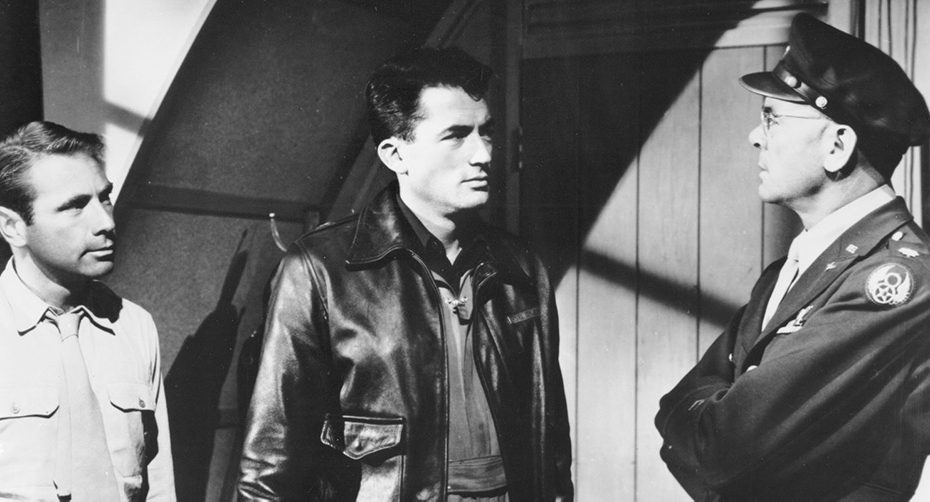
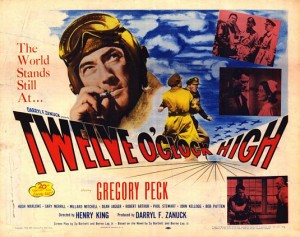
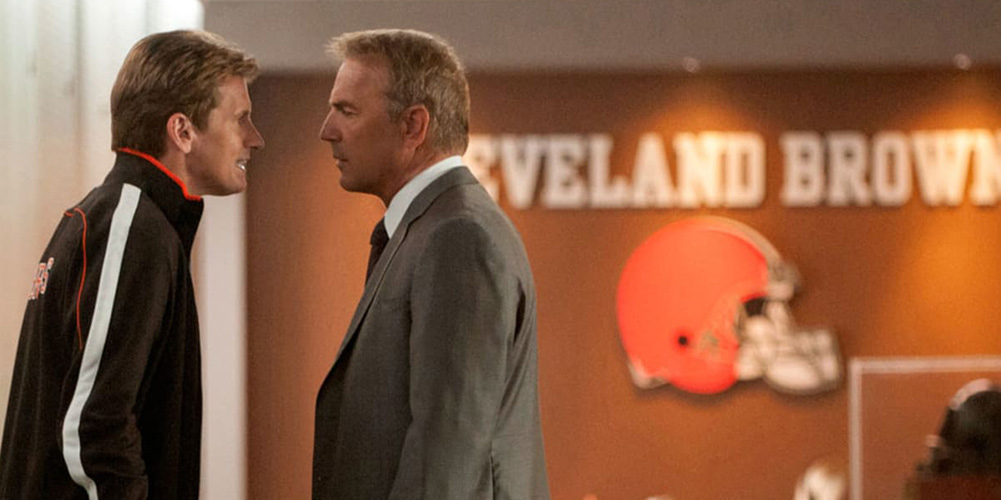
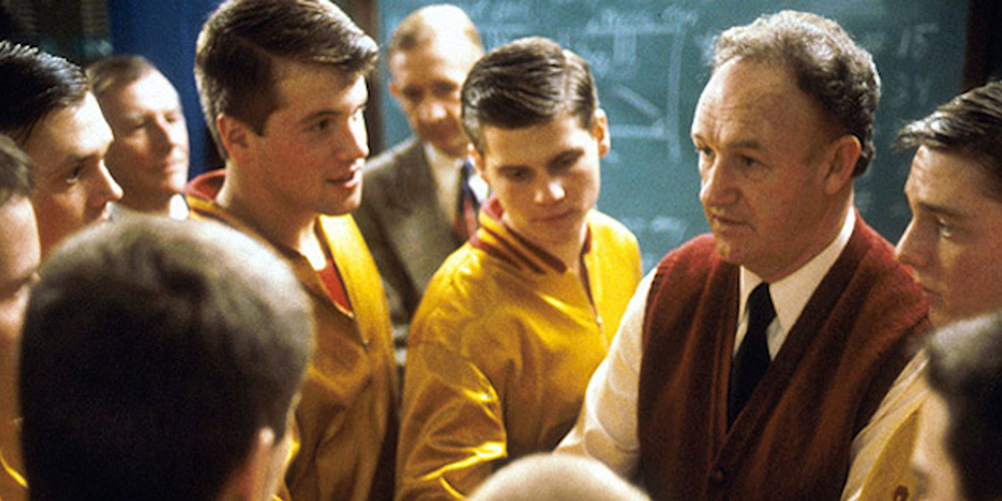
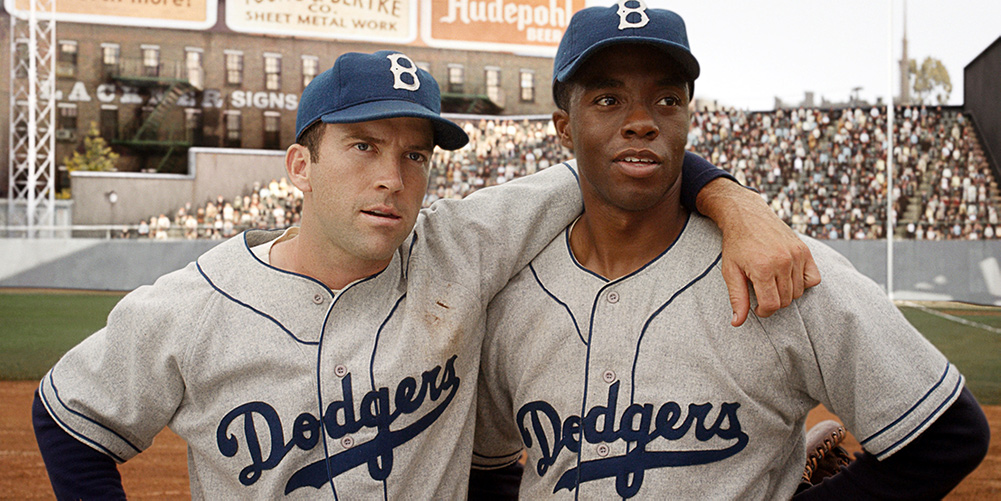
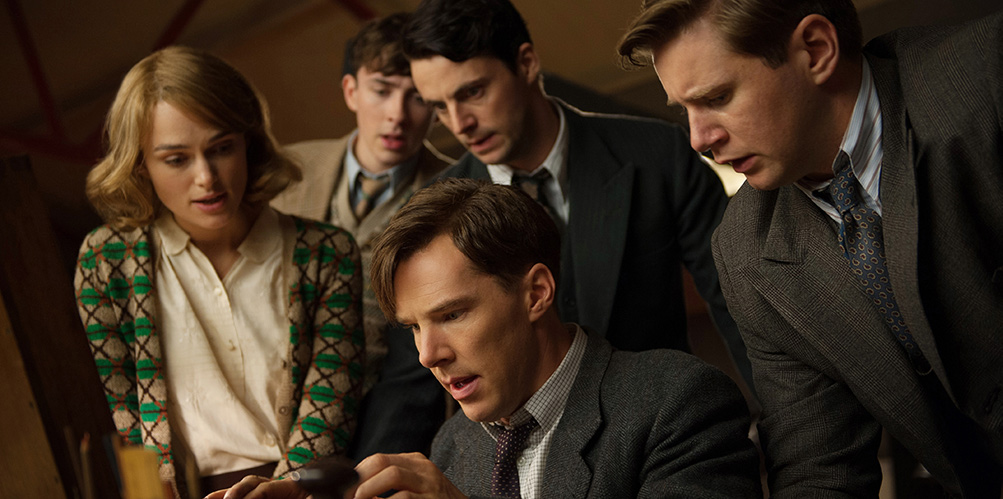

I undesrstand the necessity of the War, and was in the Army myself, but I always resented blatant Manipulation, whether military or corporate..I feel there is something dishonest about it. i.e order me to do it, fine, but don’t expect a thank you in response.
When one takes a job, the expectation is that one will learn the job in general and the missions that take on various levels of importance. Sometimes failure is too catastrophic to accept.
A Marine Drill instructor might kick you in the butt several times during training to remind you to keep your head and ass as low as you can when bullets are whistling past your ears. That might be that you ignored more reminders than others in your group needed. There are other areas that are NOT military where one doesn’t get a second opportunity to correct a mistake already made. If you cause irreparable harm because you “resented” something or the way it was said, you must have been unsuitable for the task in the first place!
When I received my Commission from the Enlisted Ranks in 1971, I had the privilidge of viewing this classic film in our OCS Leadership class. I will always look at this film as one of the best teaching aids I have ever viewed, and not just as a great film staring Gregory Peck. I would rate this film as a four star out of four.
I used this film repeatedly as part of leadership “brown bag lunch” sessions I conducted as a Company First Sergeant and Sergeant Major in the Army. The disciplining of LTC Gately is classic and , unlike a Patton dressing down, he does not swear one time, which is something all leaders should be able to do, but gets the point across crystal clear. A super classic, I watch it at least once a month, just because it is so good.
Thanks Joe – I think it’s definitely a movie that you see more in the more you watch it.
35 years ago, weeks into basic training, I remember having this movie presented as part of our training at the academy. I just referred this movie to my boss as he takes on more responsibilities. Timeless principles.
Might I respectfully suggest an alternate that demonstrates these same principles without the overtones of sending men to Kill and Die? Kenneth Branagh’s “Shackleton” is a truly uplifting film about a flawed man and a great leader.
Thanks John, and a great suggestion.
In 1961, as a professor at Stanford University, I used the movie Twelve O’clock High in my doctoral leadership seminar. Since then I have used it in over 500 seminars to organizations ranging from all branches of the USA Armed Forces, many Fortune 500 companies, numerous Civil Service organizations, educational institutions, hospitals, etc. Nearly 15,000 administrators have participated in these seminars. I am 87 years old and would be pleased to have my seminar and consultant participants contact me in Del Mar, CA.
Was formal training for a number of decades in the Navy LMET course. Selected scenes would be shown, then discussed. On Friday the class watched the entire movie. You couldn’t move up the ranks to first and chief without 12 O’clock high LMET.
Would love to get a copy of the Navy training manual used with this film.
That’s really interesting Stephen. I agree, would be great to see the manual that went with the training!
This film was used in leadership training for officers of the British fire services at their training college at Moreton in Marsh Gloucestershire , coincidentally a former wartime bomber airfield not unlike Alconbury.
Needs to be watched more than once as every time you see it more is revealed of the nature of leadership and the pressures leaders have to sustain.
Brilliant
Thanks John – it’s really interesting to discover different places it’s been used to support leadership training.
When I taught at The Basic School, (US Marine Corps), this film was shown to every newly commissioned Lieutenant of Marines as part of the Leadership Package. Thus, I saw it 25 times in 25 months. I was a lieutenant colonel, a Vietnam veteran (rifle platoon commander), and 15 years into my career. I learned something new every time i saw it. A masterpiece.
Re-watching “12 O’Clock High” on Netflix, my original impression that it deals misleadingly if not dishonestly with history was reinforced.
This may or may not be relevant to, or detract from, whatever merit the movie may possess as a leadership training tool. But if only to supply context for the discussion, the fact is that while keeping tight formations to preserve the integrity of the B-17s’ overlapping fields of fire, and other disciplines like those instilled in “918th” aircrews by Gen. Savage, undoubtedly helped reduce losses, these methods fell far short of countering the effectiveness of Luftwaffe fighters, or allowing the 8th AF to win air superiority over Germany in 1943, and validate the concept of “high level precision daylight bombardment”, as the movie shows. (It also overstates the accuracy of the bombing, either at high and medium altitudes .)
In actuality, the B-17 Flying Fortresses and B-24 Liberators proved unable to operate at acceptable loss rates without fighter escort. In this regard, the film extrapolates a limited truth into blatant misrepresentation: it’s true that when the 8th AF first began bombing targets in occupied Europe in 1942, Luftwaffe day fighters were temporarily frustrated by the bristling defensive armament of the US bombers; but they soon developed tactics that proved so devastatingly effective that by the end of 1943, long-range missions deep into Germany were suspended due to prohibitive losses.
This situation basically prevailed until the following year, when long-range P-51 Mustang and drop-tank-equipped P-47 Thunderbolt escort fighter groups arrived in England to accompany US bombers to targets deep in Germany. Then and only then was air superiority achieved. By ignoring this reality, “12 O’Clock High” (which in most ways is technically accurate) does a disservice both to history and to US fighter pilots who served in the ETO.